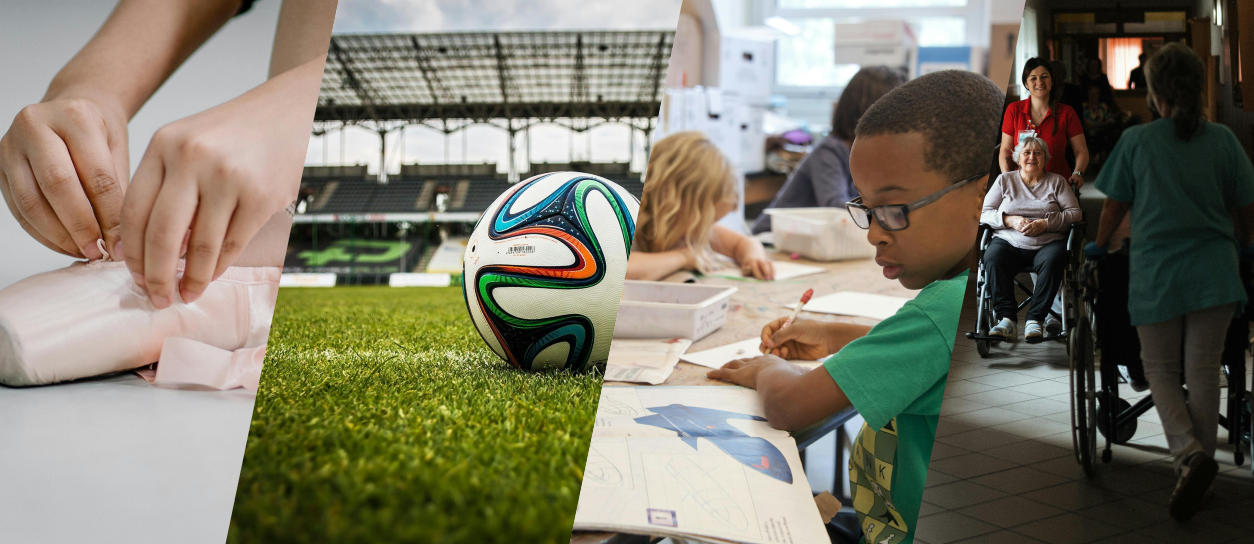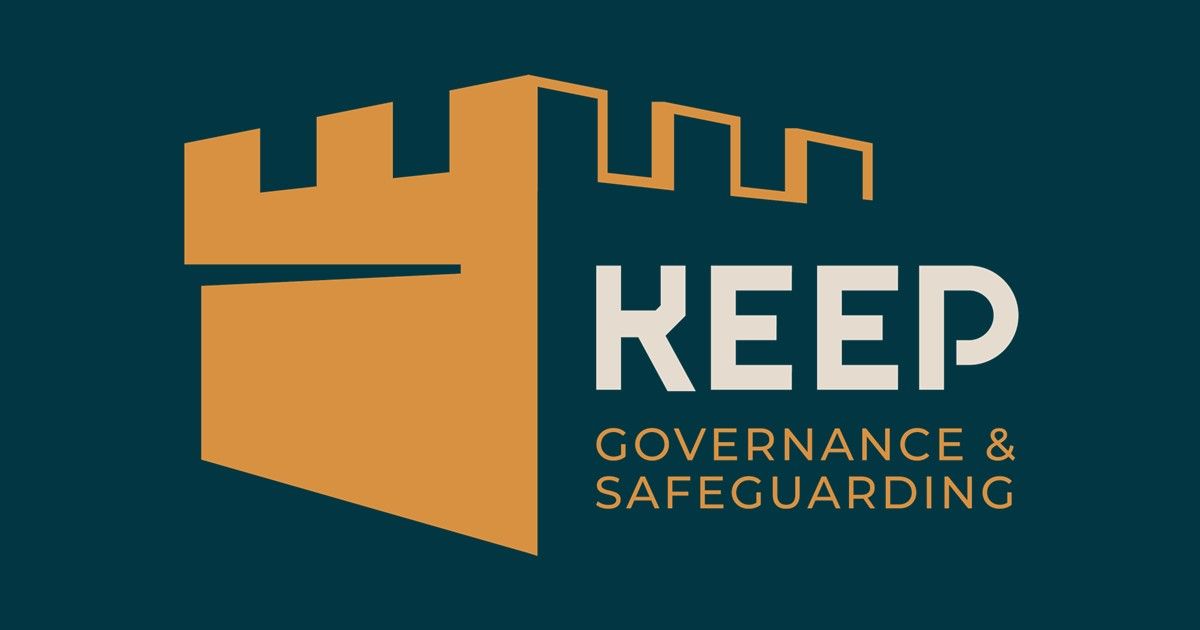The missing piece: Part 2 What that piece looks like
Effective Boards demonstrate that safeguarding is important enough for them to be interested in
In the first part of this article, I outlined the evidence which tells us again and again that Boards must take leadership responsibility for the safeguarding arrangements in their organisations. Safeguarding is too important to treat as just another area of practice which can be held at arm’s length with assumptions being made that “we do it well enough”.
In lots of areas of life I like to turn to children’s fiction to help me understand them and, true to form, Dr Suess hid the answer deep in the Lorax when he wrote:
“Unless someone like you cares a whole awful lot,
Nothing is going to get better. It's not.”
The verb care is defined as to think that something is important and to feel interested in it and that is exactly what we need Boards to do, in a very active, purposeful and consistent way, in order to ensure safeguarding arrangements are robust. Only then will our organisations be fully equipped to identify abuse and exploitation within the organisation and with those they serve whether they are beneficiaries, customers, students, pupils or patients.
Depending on the work of your organisation, the depth of your safeguarding arrangements will vary, but all Boards should take responsibility for taking an active interest in those arrangements. By using ‘cares’ in that statement, Dr Suess also helpfully provides us with an anacronym for the five elements of robust safeguarding governance:
- Culture and Organisational Identity – ensuring safeguarding is everyone’s responsibility whatever the primary purpose of their role or department
- Assurance Testing – making sure the mechanisms that support the other four elements are providing an accurate picture of the effectiveness of safeguarding
- Risk Management – actively overseeing and owning the safeguarding risks which are associated with the organisation’s work, especially those identified as being significantly high
- Evaluation of Practice – scrutinising operational data which provides insight to the effectiveness of safeguarding work including numbers and types of concerns or incidents as well as data on the human resources work and training that maintains a vigilant culture
- Strategy – owning and supporting a strategic plan for ongoing improvement in safeguarding practice.
We’re applying our expertise at Keep Safeguarding to support these elements of strong governance and ensuring that Board members, especially those who take specific responsibility for safeguarding, are supported to know what they need to know.





